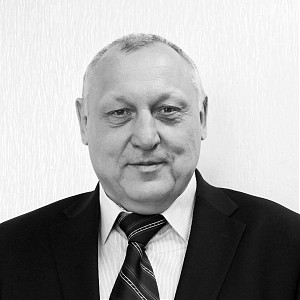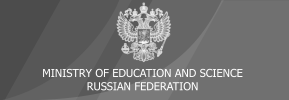Department of integrated use of mineral raw materials
Chief Sergey A. Prokopyev
Activities that are in progress:
- study of the enrichability of ores;
- development of process flow diagrams for enrichment of placers or solid ore deposits;
- development of process procedures;
- preparation of techno-economic feasibility studies;
- selection of major and ancillary equipment;
- ore beneficiation concentration plant design process;
- consultations for the acquisition of equipment;
- production process optimization.
Development and implementation of recovery technologies of fine-dispersed and fine-grained gold from gravel deposits
Developer: Sergey A. Prokopiev.
Abstract. Technologies of fine-dispersed and fine-grained gold recovery from gravel deposits and anthropogenic materials as applied to average and difficult mining and geological conditions have been developed in the department of mineral material multipurpose use in the Institute of Earth’s Crust, SB RAS. The technologies being tested make it possible to solve problems of disintegration of clay saprolites, of preparing sands for beneficiation, mechanical sand beneficiation and subsequent treatment of the obtained concentrates.
Description. One of the versions of constructing beneficiation flow charts of clay gravel gold deposits with the prevalence of fine-dispersed and fine-grained gold is as follows. Feed sands are loaded by an excavator into the scrubber-washing trommel where disintegration and trommel of sands occurs up to the 10mm class. A throughproduct of trommeling of the scrubber-washing trommel (-10mm) is fed in by-gravity into the unbalanced-throw screen where trommeling occurs up to the 2mm class. A throughproduct of trommeling is unloaded by gravity into the pump position of sludge pumps from where it is fed by the pump to spiral separators. As a result of spiral concentration the concentrates and tailings are obtained. The concentrate goes by gravity to a wet magnetic separation unit where it is divided into magnetic and nonmagnetic fractions. The magnetic fraction goes to the dump. The nonmagnetic fraction goes by gravity into the pump position of sludge pumps from where it is fed by the pump to spiral separators. As a result of concentration on spiral separators the concentrates and tailings are obtained. The concentrate goes by gravity to the table concentrator for preliminary concentration where it is divided into the concentrate and tailings. The table concentrate is a final product of the beneficiation complex and is carried to the final separation department. Fractions of -10+2mm of the unbalanced-throw screen, spiral separator tailings, and table concentrator tailings go by gravity to the fine-grained filling test sluice where big pieces of gold are separated. Two times a day the sluice concentrate is unloaded for upgrading the gold content. Upgrading is carried out by using magnetic and gravitation methods of beneficiation.
Advantages of the proposal:
- Flexibility of the beneficiation flow chart which provides obtaining a gravity concentrate with a variable output and valuable component content as well as adjusting operating modes depending on varying composition and characteristics of initial sands.
- Modularity of the setup construction which allows its relocation, quick mounting and interseasonal demounting as well as quick commissioning.
Current stage of development. An optimal arrangement of beneficiation flow charts taking into account all important factors with regard to specific operating conditions such as mine technical conditions and material composition of sands is being chosen. Instrument specifications and operation scheduling are being made. Equipment is being chosen. Specialists regularly inspect mounting of the equipment in situ. They start and adjust operating modes until final products are obtained.
Intellectual property rights. An application for a patent has been submitted.
Type of required cooperation. Cooperation with stock holders, heads of ore-dressing and processing enterprises interested in increasing the efficiency of gold mining from mineral and anthropogenic materials. Form of cooperation by mutual agreement. Contractor’s agreement on work execution.





